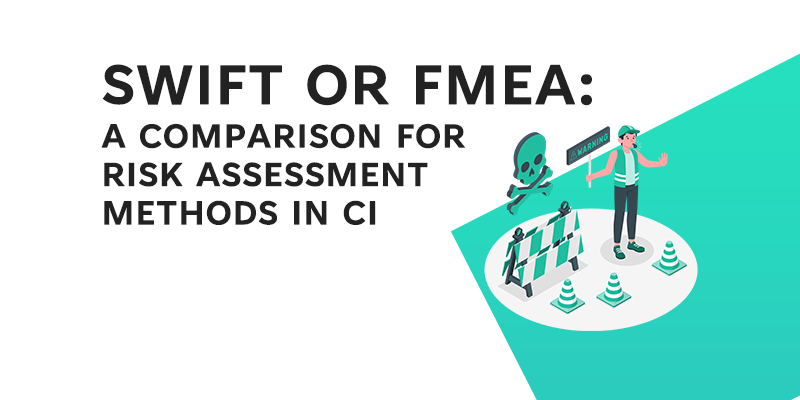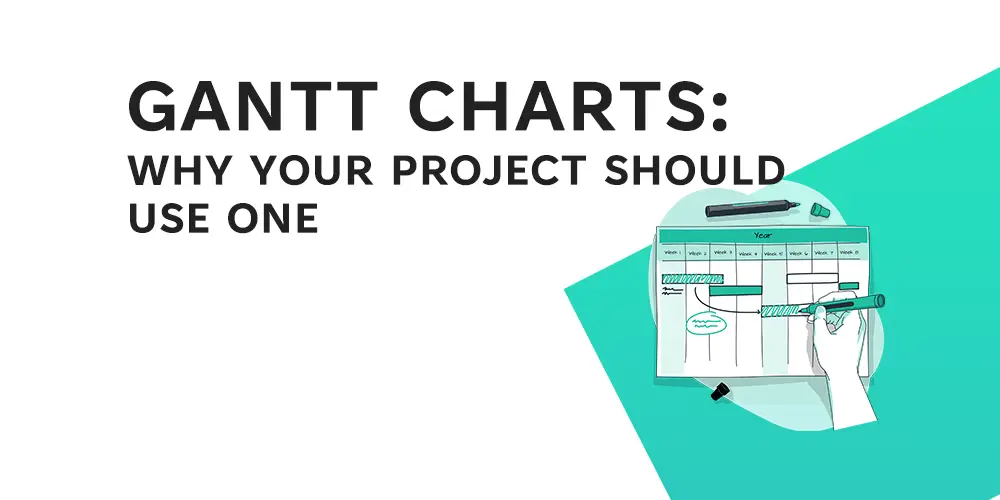The 5 Whys technique is a simple yet effective problem-solving method as part of the Root Cause Analysis (RCA) tool kit that involves asking “why” five times to identify the root cause of a problem. The 5 Whys technique was created by Toyota founder Sakichi Toyoda to enhance the effectiveness and efficiency of the company’s manufacturing processes. It is now applied in a variety of settings, including manufacturing, the service sector, and other businesses.
The method can be applied in a variety of situations, encourages teamwork and collaboration, and is simple to use. The 5 Whys technique can help organizations increase efficiency, and productivity, reduce waste and reduce costs by locating and addressing the root causes of issues.
Table of Contents
What is the 5 Whys technique?
The 5 Why technique is a problem-solving method that involves repeatedly asking “why” five times to determine the source of a problem. “Why-why analysis” is another term that is sometimes used to describe the 5 Why technique. It was initially created by Sakichi Toyoda, the company’s founder, as a way to enhance the effectiveness and efficiency of the business’s manufacturing processes.
How it works:
- Identify the problem that you want to solve. Make sure to clearly define the problem and understand its impact on your organization or project.
- Ask “why” five times to get to the root cause of the problem. For each “why,” come up with a possible cause of the problem. You may need to do some research or gather data to help identify the causes of the problem.
- Keep asking “why” until you reach a root cause that can be addressed or resolved. The root cause is the underlying cause of the problem that can be addressed or resolved to prevent the problem from recurring in the future.
- Come up with a solution to the root cause. Once you have identified the root cause of the problem, brainstorm possible solutions to address it. Choose the best solution based on its effectiveness, feasibility, and impact.
- Implement the solution. Put your chosen solution into action and monitor the results to ensure that the problem has been effectively resolved.
Below is an example of how the 5 Whys technique can be applied to problems:

We were able to identify the issue’s root cause, a lack of communication regarding the maintenance schedule—and identify a fix using the 5 Whys method (posting the schedule in a visible location). This solution addresses the root cause of the issue, which is likely to be more effective than just treating the problem’s symptoms (equipment failures).
Symptom vs Root Cause
A problem or issue reveals itself physically as a symptom. Although it is the result or effect that is seen, it does not always reveal what the root cause of the issue is.
For example, a strange noise coming from a car’s engine is a sign that something is wrong. Although it is the problem’s obvious indication, it does not always provide information about its root cause. The leading cause of the issue could be anything from a loose belt to an engine component that is broken.
The root cause, on the other hand, started the problem in the first place. It is the underlying reason the issue is occurring. Finding and fixing a problem’s root cause can help prevent it from happening again in the future.
A loose belt, for instance, might be to blame for an odd noise coming from a car’s engine. The immediate issue might be resolved if we simply replace the belt, but the underlying issue (the loose belt) will still not be resolved. The issue will probably recur if the root cause is not addressed.
It’s important to differentiate between symptoms and root causes because, in the long run, dealing with a problem’s root cause is most often more effective and efficient than dealing with its symptoms alone. We can stop the issue from occurring again and potentially save time and resources in the long run by locating and addressing the root cause.
Why is the 5 Whys technique so effective?
There are many benefits to using 5 Whys that make it so effective:
Simple to Use by anyone in the business: 5 Why is one of the most simple tools to use in business to solve problems and can be done by anyone in the business. With some basic training supported by examples, anyone in the business can identify the root causes of problems and identify solutions; this does not require someone with years of experience or a Lean Six Sigma belt to master and benefit from using it.
It promotes a methodical method of problem-solving: The 5 Whys method promotes a methodical, step-by-step approach to problem-solving, which can help guarantee that all relevant factors are taken into account and that the problem’s root cause is found.
It can be used in a variety of situations: The 5 Why’s technique can be used to solve problems in a variety of contexts, including manufacturing, service industries, and other business settings.
It can increase productivity and efficiency: The 5 Whys technique can assist organisations in increasing productivity and efficiency while lowering waste and costs by identifying and addressing the root causes of issues.
It can identify unlikely root causes with ease: In many situations, the root cause may be obvious once you start the 5 Whys analysis, but that is not always the case. For example, with the Jefferson Memorial, the solution to stop the monument from eroding was not an obvious one. Example below:
The Jefferson Memorial was disintegrating. Why? because harsh chemicals are used to clean it.
Why are harsh chemicals used to clean it? to clean pigeon droppings.
Why are there so many pigeons at the memorial? Because the pigeons eat spiders and there are lots of spiders at the memorial.
Why are there so many spiders at the memorial? Because they eat insects, and there are a lot of insects at the memorial.
Why are there so many insects at the memorial? because they are attracted by the lights on the memorial at dusk.
Solution: Turn the lights on later in the evening.
As you can see from this example, at first glance, it did not seem logical that turning the lights on later would have any relationship to stopping the memorial from disintegrating. The added benefit of this root cause analysis was also a cost saving in the lights being turned on later and a reduced cleaning cost. So the benefits also went above and beyond the initial expectations.
Video for reference: YouTube Video Link
Conclusion
In conclusion, the 5 Whys technique is a useful tool for identifying and resolving the root causes of issues in an organisation. The technique works to get at the root of a problem rather than just treating its symptoms by asking “why” repeatedly. The 5 Whys method can be used in a variety of situations, is easy to apply, and encourages teamwork and collaboration. Organizations can increase effectiveness, and productivity, cut waste and lower costs by using the 5 Whys technique to solve problems. The 5 Whys technique is a useful and effective tool for problem-solving in any organisation.
References
- Card, A.J., 2017. The problem with ‘5 whys’. BMJ quality & safety, 26(8), pp.671-677.
- Voehl, F., 2016. The 5 whys. The Innovation Tools Handbook, 2.
- Benjamin, S.J., Marathamuthu, M.S. and Murugaiah, U., 2015. The use of 5-WHYs technique to eliminate OEE’s speed loss in a manufacturing firm. Journal of Quality in Maintenance Engineering, 21(4), pp.419-435.








